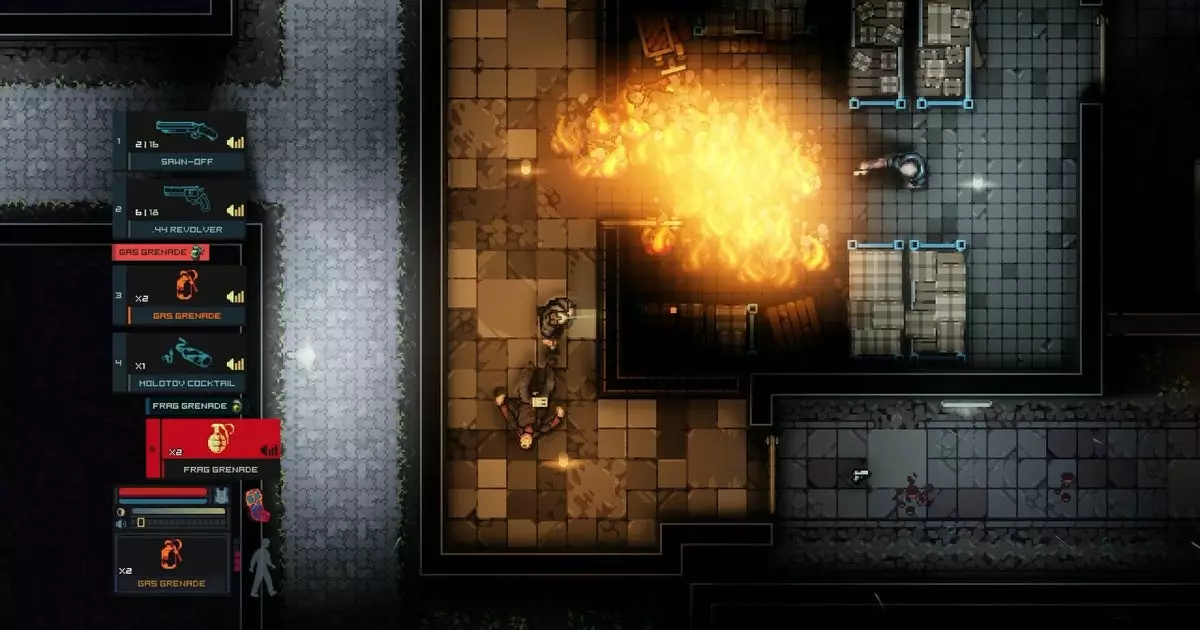Since its debut last year, Intravenous 2 has carved out a niche for itself in the world of top-down shooters. Combining tactical stealth gameplay with the fast-paced action reminiscent of Hotline Miami, this game has garnered interest for its dual nature. The recent update introducing Steam Workshop support and a dedicated map editor has further enhanced its appeal, prompting both gamers and modders to dive deeper into its creative ecosystem.
Unlike many top-down shooters that emphasize relentless action, Intravenous 2 encourages players to think critically about their approach. The game features a unique mechanic where enemies are equipped with vision cones, necessitating careful planning and execution to navigate levels undetected. Players can leverage the environment to their advantage by hiding in shadows or turning off lights to create opportunities for stealth. This adds a layer of tactical depth that sets it apart from its contemporaries. The ability to lockpick doors, manipulate distractions, and utilize a host of gadgets makes every encounter in Intravenous 2 feel strategic rather than merely reactive.
Another significant element of Intravenous 2 is its vast array of customization options. The game proudly boasts 29 weapons, with players able to modify their arsenals with suppressors, laser sights, and different ammunition types. This means that combat can be tailored to suit individual playstyles, whether one prefers a quiet, stealthy approach or a more aggressive and chaotic playstyle. Such flexibility ensures that players can experiment with different strategies and adapt to the challenges presented by each level.
The introduction of Steam Workshop support marks a significant evolution for Intravenous 2. With the Workshop, players can create, share, and download user-generated maps and campaigns, fostering a vibrant community of creators. The accessibility of the 2D tile-based map editor is particularly notable; it allows aspiring modders to craft their own content without requiring extensive programming knowledge beyond a basic understanding of the Lua scripting language. This democratization of game design can lead to innovative gameplay experiences and expands the game’s longevity as players contribute their visions.
Intravenous 2’s claim of a dynamic storyline adds another intriguing layer to the game. As players engage with the tactical elements and decision-making processes, the outcomes can shift based on their actions. While the extent of this feature is still to be fully explored, it promises a level of replayability that could captivate players who enjoy narrative depth alongside strategic gameplay.
Intravenous 2 stands out in a crowded genre by merging tactical stealth with frenetic action while offering robust customization and modding capabilities. Its complexity invites players to engage with their environment thoughtfully, and the recent updates promise to cultivate a proactive community focused on creativity and collaboration. While time may be a constraint for many potential players, the game remains a hopeful example of what can be achieved in independent game development, blending action, strategy, and player engagement in a meaningful way. As more creators contribute their ideas, the future of Intravenous 2 looks bright, making it worth keeping on the radar.

